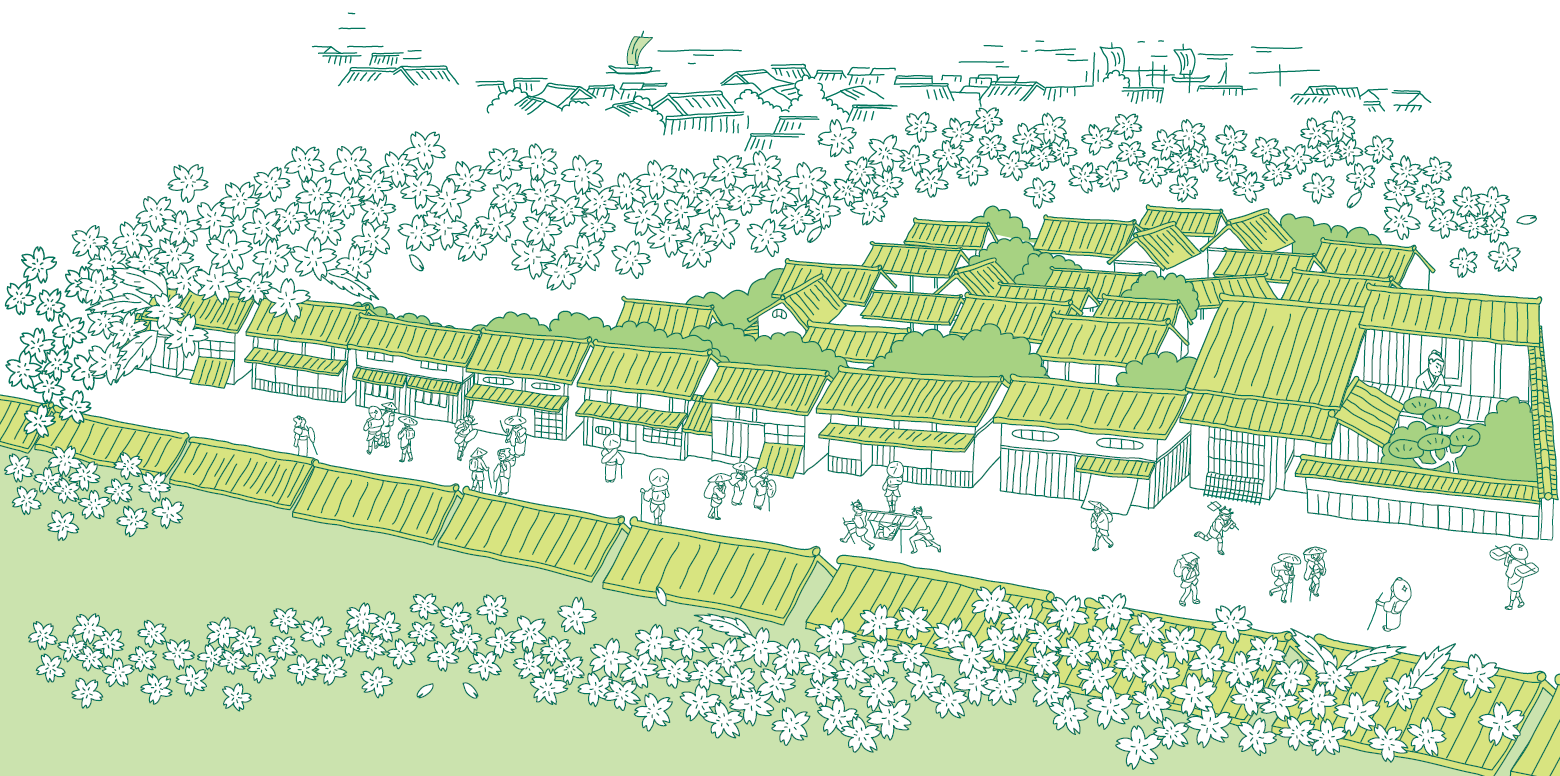A scholar of culture
who sought the Japanese spirit.
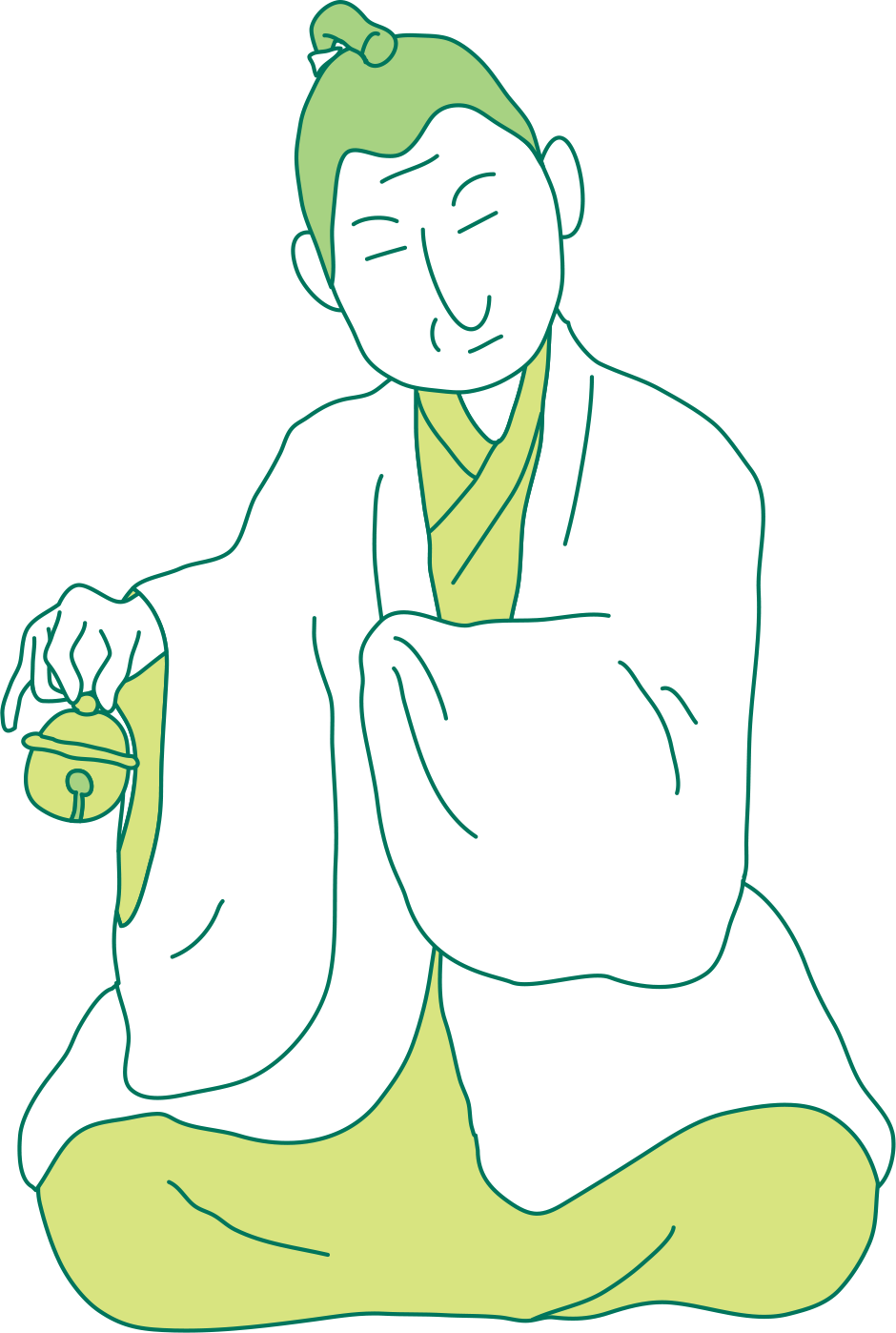
Who was
Motoori Norinaga?
A famous scholar of kokugaku (the study of ancient Japanese thought and culture), Motoori Norinaga was born in Matsusaka in 1730. A member of the wealthy Ozu merchant family, he became interested in reading and studying at a young age, and decided to pursue a career in medicine rather than business.

Norinaga worked as a physician during the day and studied Japanese classics at night, eventually completing a 44-volume commentary on the "Kojiki" (a collection of ancient Japanese history and myths). He left an impressive body of works, including an extensive commentary on "The Tale of Genji" that explores the essence of Heian period literature, as well as some 10,000 poems.
“Mono no Aware”
Through his study of classic Japanese poetry and "The Tale of Genji," Norinaga discovered the aesthetic idea "Mono no Aware." Described as the surprise, joy, or gentle sadness that arises when we understand the true nature of the things around us, Norinaga believed the value of art was expressed in Mono no Aware, and that it was the characteristic emotion of Japan. Later, these aesthetic principles would influence the film director Ozu Yasujiro.
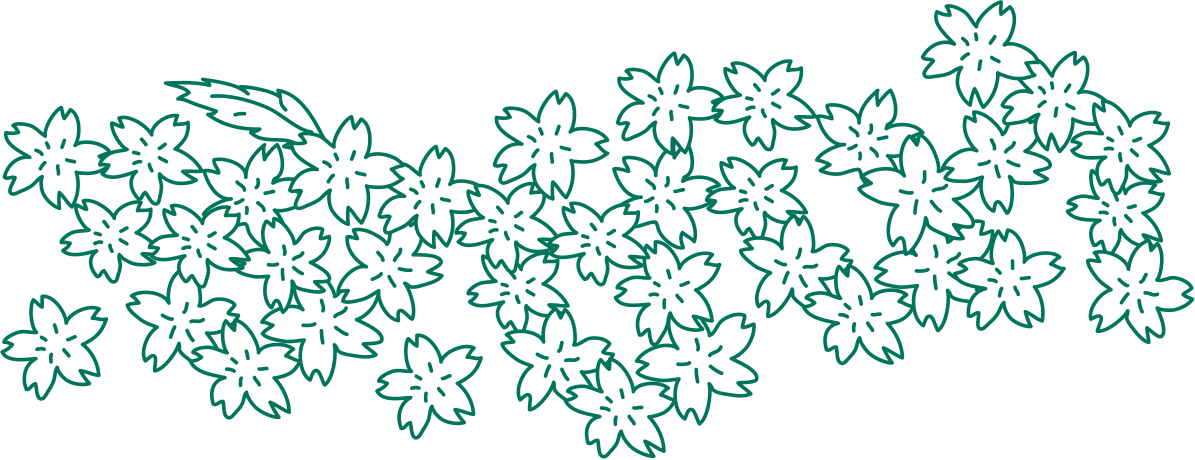
Norinaga and Maps
Extraordinary Diagramming Skills
Norinaga loved maps and genealogies from the time he was a child. When he was 16, he made the "Matsusaka Shoran," a document explaining the history of famous sites in Matsusaka, and when he was 17, he created the "Map of Greater Japan," a rendering of Japan and its surrounding oceans; these are works that could only have come out of a thriving commercial center and hub of information like Matsusaka. In his later years, Norinaga would go on to create maps of Okinawa, Ezo (now Hokkaido), and the world, as well as detailed genealogies of the Shinto gods, and the Motoori family.
Bells and Wild Cherry Blossoms
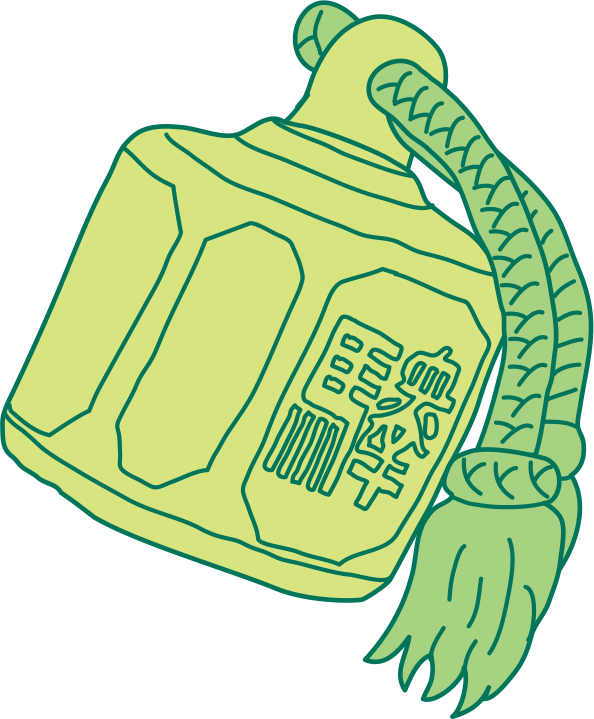
More than anything, Norinaga loved bells and wild cherry blossoms. He named his study "Suzu-no-Ya," and enjoyed the sound of bells when he was tired. Likewise, he had a variety of cherry blossom trees in his garden, and enjoyed flower viewing with his friends in the spring.
A Revolutionary Flow of Scholarship
The Network He Created Sending Letters Through Pilgrims
Norinaga believed that learning was endless, and he eagerly shared information so he could pass the torch to the next generation of researchers. He built a nation-wide network by exchanging letters and books with Kamo no Mabuchi, his mentor living in Edo, as well as his pupils residing around the country. He was able to establish and maintain these connections in part thanks to the "Sangu Kobin," a system that relied on pilgrims to the Ise Grand Shrine to deliver letters.
Norinaga's Style
Unique Aesthetics
Motoori Norinaga was very particular about nearly everything, from the color schemes and designs of the covers of his published works to the words written on his medicine chest. He always wrote clearly and beautifully—even his notes were neatly written. His writing style and explanations were easy to understand and he was also a talented illustrator, showing how passionate he was about communicating his ideas.
Let’s Walk Matsusaka
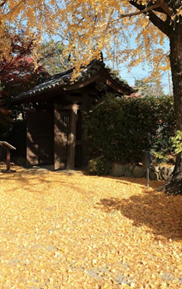
Suzu-no-Ya
Suzu-no-Ya, meaning "Bell House," is the house in which Motoori Norinaga lived. Originally in Uomachi, it has been relocated to the Matsusaka Castle Ruins and restored to its original condition.
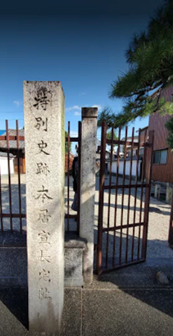
Remains of Motoori Norinaga's Residence
At the remains of Norinaga's residence on Uomachi Street, you can still find his beloved garden pine trees, a storehouse, and the garden apartment that his son, Haruniwa, lived in.
